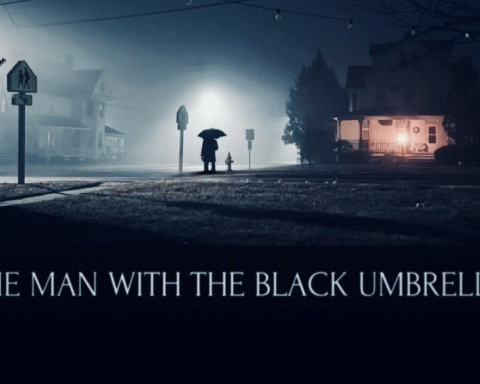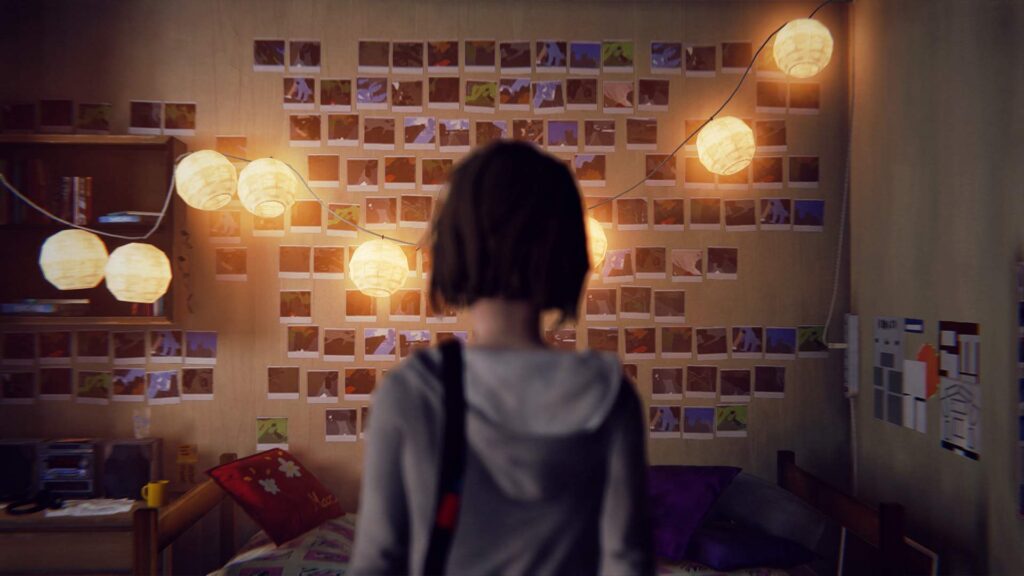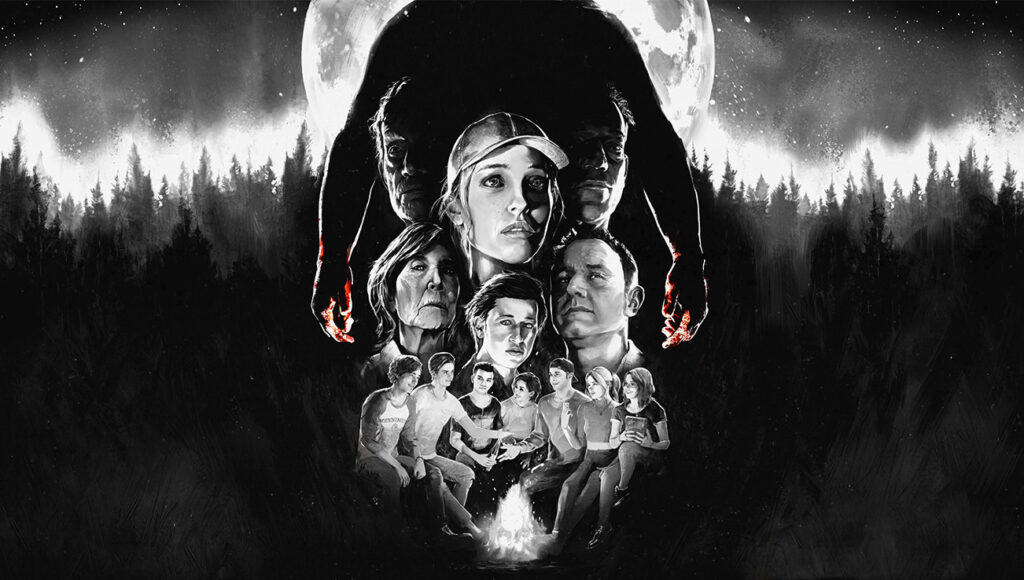Alone in the Dark stands as a seminal work in the evolution of the survival horror genre. Developed by Infogrames and released in 1992, this game is widely regarded as one of the progenitors of the genre, setting the stage for future classics such as Resident Evil and Silent Hill. Its combination of Lovecraftian horror, atmospheric storytelling, and innovative gameplay mechanics created a template that has influenced countless titles in the decades since its release.

Storyline and Chapters
The narrative of Alone in the Dark unfolds within the haunted mansion of Derceto, a place steeped in dark history and malevolent forces. Players can choose to embody either Edward Carnby, a private investigator, or Emily Hartwood, the niece of the mansion’s deceased owner, Jeremy Hartwood. The choice between these two characters does not significantly alter the narrative but provides slight variations in dialogue and perspective.
The game is divided into several chapters, each escalating in intensity and complexity as players delve deeper into the mansion’s secrets:
- Prologue – Arrival at Derceto: The game begins with the character’s arrival at the eerie, decrepit mansion. The player is immediately thrust into an environment filled with foreboding shadows and unsettling noises. The prologue serves as an introduction to the game’s basic mechanics and sets the tone for the horror to come.
- Chapter 1 – The Ground Floor: As players explore the ground floor, they encounter a variety of puzzles and enemies. The mansion’s layout is gradually revealed, with locked doors and hidden passages creating a sense of mystery and anticipation. This chapter emphasizes exploration and the gathering of essential items for survival.
- Chapter 2 – The Basement: Descending into the basement, the atmosphere grows more oppressive. The basement is home to some of the game’s more grotesque creatures, and the puzzles become increasingly intricate. This chapter delves deeper into the mansion’s dark history, with notes and journals providing cryptic clues.
- Chapter 3 – The First Floor: The first floor introduces new areas such as the library and the attic. The narrative intensity ramps up as players uncover more about Jeremy Hartwood’s descent into madness and the malevolent forces that have taken root in Derceto. The challenges become more formidable, requiring keen observation and resource management.
- Chapter 4 – The Final Confrontation: The climax of the game occurs in the attic, where the player must confront the ultimate evil that has been lurking within the mansion. This chapter tests the player’s accumulated knowledge and skills, culminating in a tense and dramatic showdown.




Gameplay and Game Mechanics
Alone in the Dark employs a third-person perspective, a revolutionary choice for its time, allowing for a more immersive experience. The game uses fixed camera angles, which heighten the sense of tension and vulnerability, as players cannot always see what lies ahead or behind them. This mechanic would become a staple in future survival horror games, contributing significantly to the genre’s unique atmosphere.
The control scheme is relatively straightforward, with players navigating the mansion, solving puzzles, and battling enemies. Movement is somewhat clunky by modern standards, but this adds to the sense of vulnerability and helplessness, enhancing the horror experience. The inventory system is limited, forcing players to make strategic decisions about which items to carry, adding an element of resource management.
Puzzles are a core component of the gameplay, ranging from simple fetch quests to complex logic puzzles. These puzzles are often integrated seamlessly into the environment, requiring players to pay close attention to their surroundings and the various documents scattered throughout the mansion. This emphasis on environmental storytelling is another aspect that Alone in the Dark pioneered, influencing future titles in the genre.
Combat in Alone in the Dark is intentionally cumbersome, reflecting the protagonist’s lack of combat prowess. Players can use a variety of weapons, from firearms to melee objects, but ammo and health are scarce, reinforcing the need for careful planning and conservation of resources. This scarcity creates a persistent sense of tension, as players must weigh the risks and rewards of engaging enemies versus avoiding them.

Personal Playthrough Experience
In my playthrough of Alone in the Dark, I chose to experience the game as Emily Hartwood. This decision added a unique and compelling dimension to the narrative. While both Edward Carnby and Emily Hartwood navigate the same haunted mansion, their experiences differ subtly, providing varied perspectives on the unfolding horror. Emily’s journey, in particular, brought a profound emotional weight to the storyline.
Emily’s quest to uncover the truth behind her uncle’s mysterious death is fraught with personal stakes. Her vulnerability and determination in the face of overwhelming supernatural forces create a poignant contrast to Carnby’s grizzled, professional detachment. The differences in dialogue and the occasional unique encounters for Emily enrich the narrative, offering a fresh lens through which to view the sinister events at Derceto.
Playing as Emily also highlights her resilience and resourcefulness. Her connection to Jeremy Hartwood and her emotional investment in the mansion’s dark secrets add layers of depth to the story. The scattered notes and journals take on additional significance, revealing insights into her uncle’s tragic descent into madness. This personal connection enhances the horror, making each discovery more impactful.
Overall, the experience of playing as Emily Hartwood brought a nuanced perspective to the game, emphasizing the human element amidst the supernatural terror. Her storyline underscored the themes of family, loss, and the search for truth, adding emotional resonance to the chilling atmosphere of Derceto.

Historical Relevance
Alone in the Dark holds a place of significant historical relevance in the video game industry. It is often cited as the first true 3D survival horror game, predating other genre-defining titles by several years. The game’s use of fixed camera angles, environmental storytelling, and a focus on psychological horror laid the groundwork for future classics.
The game’s influence extends beyond its mechanics. Alone in the Dark drew heavily from the works of H.P. Lovecraft, incorporating themes of cosmic horror and the unknown. This narrative approach helped to establish a new standard for storytelling in video games, demonstrating that games could convey complex and mature themes.
The game’s success also proved that there was a market for horror games, paving the way for the genre’s growth in the 1990s and beyond. Titles such as Resident Evil and Silent Hill would go on to refine and expand upon the foundations laid by Alone in the Dark, but they owe a significant debt to Infogrames’ pioneering work.

Character Realism and Depth
The characters in Alone in the Dark are relatively simple by today’s standards, but they were groundbreaking for their time. Edward Carnby and Emily Hartwood are not mere avatars for the player; they have backstories and motivations that add depth to the narrative. Carnby is a tough, no-nonsense private investigator with a mysterious past, while Emily is driven by a desire to uncover the truth behind her uncle’s death.
The game’s portrayal of its characters is enhanced by the detailed notes, journals, and letters scattered throughout the mansion. These documents provide insight into the minds of the mansion’s former inhabitants, particularly Jeremy Hartwood. His descent into madness and the dark rituals he engaged in are revealed gradually, creating a compelling and tragic backstory.
Despite the limitations of the technology at the time, the developers managed to create a sense of empathy for these characters. The player’s investment in their survival is heightened by the game’s oppressive atmosphere and the ever-present danger, making every encounter with the supernatural feel personal and consequential.



Influence on the Horror Genre
Alone in the Dark is often credited with shaping the survival horror genre, influencing both its mechanics and thematic elements. The game’s focus on atmosphere, exploration, and puzzle-solving set it apart from the action-oriented games of the time. This approach emphasized vulnerability and tension, key components of effective horror.
The use of fixed camera angles, which would become a hallmark of the genre, created a cinematic feel that heightened the sense of unease. Players were often unable to see what lay ahead, leading to moments of genuine surprise and fear. This technique was later adopted and refined by games like Resident Evil, which further popularized the genre.
The game’s narrative, heavily inspired by Lovecraftian horror, introduced themes of madness, forbidden knowledge, and the insignificance of humanity in the face of cosmic forces. These themes have since become staples of the horror genre, appearing in numerous games, films, and other media. Alone in the Dark demonstrated that horror could be more than just jump scares; it could be a psychological and intellectual experience.

The Actors and Their Contributions
In the 2008 reimagining of Alone in the Dark, the role of Edward Carnby was voiced by actor Michael Yarmush, known for his work in animation, particularly as the original voice of Arthur Read in the children’s series Arthur. Yarmush’s portrayal of Carnby added a layer of grizzled determination to the character, making him a more relatable and compelling protagonist.
Emily Hartwood was voiced by Liz MacRae, an actress with experience in both theater and voice acting. MacRae brought a nuanced performance to Emily, capturing her blend of vulnerability and resolve. Her voice work helped flesh out Emily’s character, providing emotional depth to her quest for answers about her uncle’s death.
The voice acting in the game, while sometimes limited by the era’s technological constraints, added significant depth to the characters. These performances were instrumental in creating an immersive narrative experience, allowing players to connect with the characters on a more personal level. The decision to include professional voice actors marked an important step in the evolution of video game storytelling, setting a precedent for future titles.

Conclusion
In conclusion, Alone in the Dark is a landmark title in the history of video games, particularly within the horror genre. Its innovative gameplay mechanics, atmospheric storytelling, and Lovecraftian themes set it apart from its contemporaries and laid the foundation for future survival horror games. While it may seem dated by today’s standards, its influence is undeniable, and its legacy continues to be felt in the industry. For those interested in the history of video games or the evolution of horror as a genre, Alone in the Dark remains an essential experience.
The addition of professional voice actors in later iterations of the game further enhanced its storytelling capabilities, demonstrating the importance of voice acting in creating immersive and emotionally resonant gaming experiences. This evolution in character portrayal has had a lasting impact on the industry, influencing how characters are brought to life in video games today.









